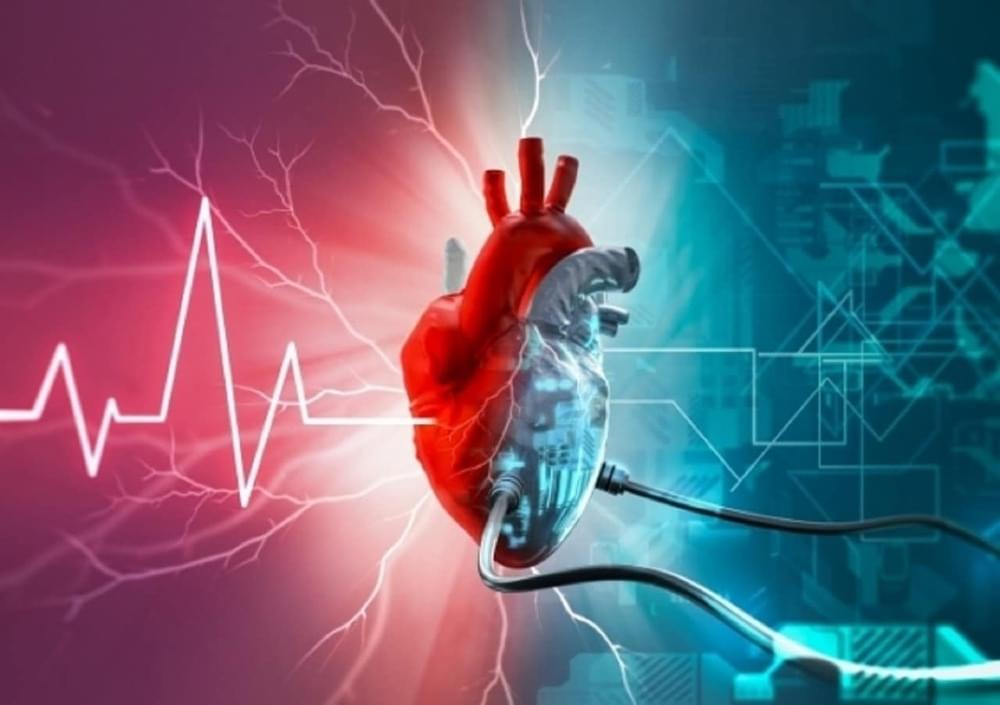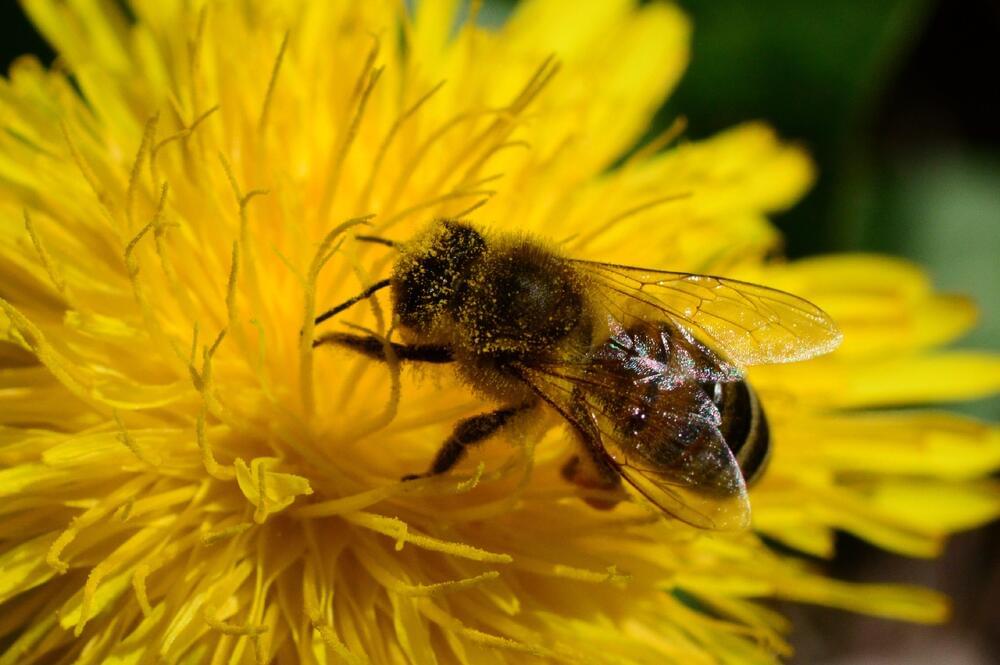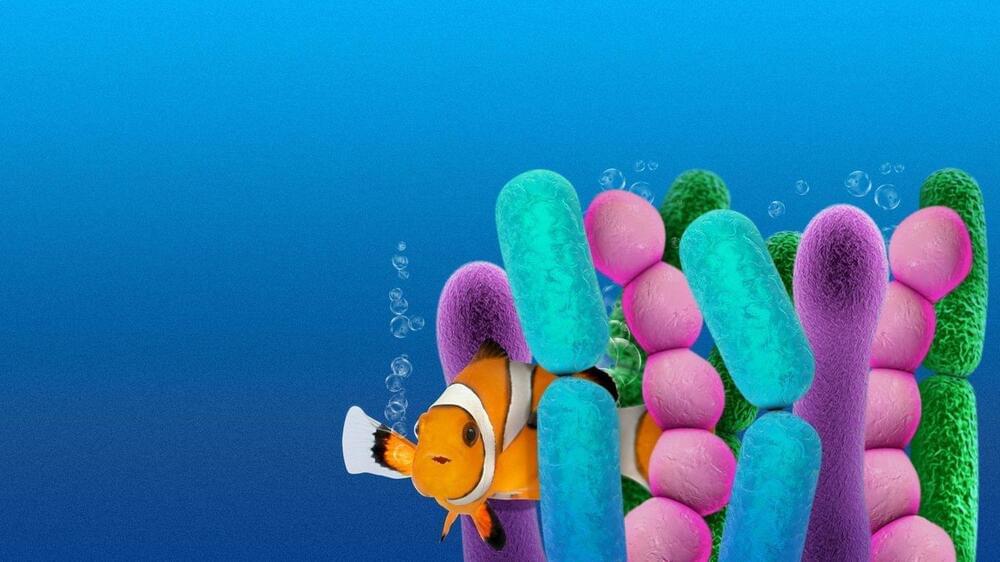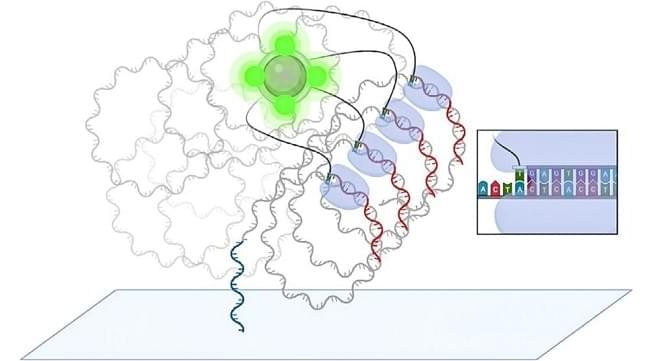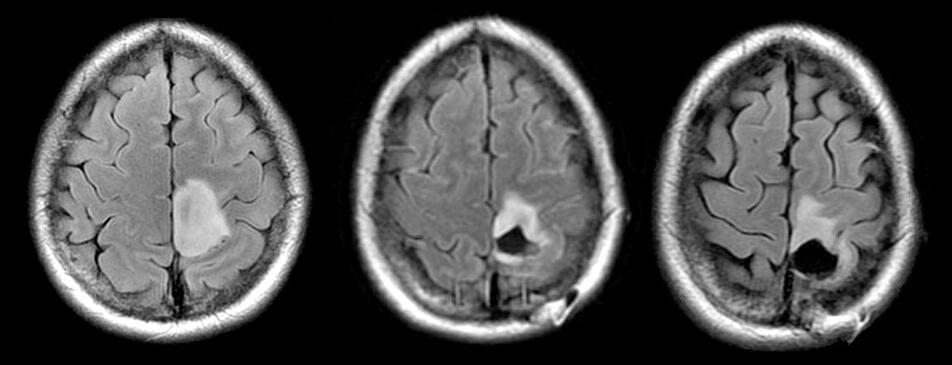A new drug that is in a phase 3 clinical trial has proven effective at preventing the growth of lower-grade brain tumors, with doctors saying nearly half of the patients in the trial haven’t needed chemotherapy or radiation years later. NBC News’ Lindsey Reiser has the details on the treatment.
Prof. Kovacic said, “SCAD is still a relatively little-known disease, but it has a huge impact and is behind a quarter of all heart attacks in women under 50. We urgently need to learn more about this disease and discover what is causing it.”
He added, “This disease can not only be life-threatening, but it can reoccur without warning in some patients.”
The researchers are the first outside of the United States to join the iSCAD Registry, a global collaboration of researchers and patients studying the characteristics and pathogenesis of SCAD.
Just about anywhere you look, there are birds. Penguins live in Antarctica, ptarmigan in the Arctic Circle. Rüppell’s vultures soar higher than Mt. Everest. Emperor penguins dive deeper than 1,800 feet. There are birds on mountains, birds in cities, birds in deserts, birds in oceans, birds on farm fields, and birds in parking lots.
Given their ubiquity—and the enjoyment many people get from seeing and cataloging them—birds offer something that sets them apart from other creatures: an abundance of data. Birds are active year-round, they come in many shapes and colors, and they are relatively simple to identify and appealing to observe. Every year around the world, amateur birdwatchers record millions of sightings in databases that are available for analysis.
All that monitoring has revealed some sobering trends. Over the last 50 years, North America has lost a third of its birds, studies suggest, and most bird species are in decline. Because birds are indicators of environmental integrity and of how other, less scrutinized species are doing, data like these should be a call to action, says Peter Marra, a conservation biologist and dean of Georgetown University’s Earth Commons Institute. “If our birds are disappearing, then we’re cutting the legs off beneath us,” he says. “We’re destroying the environment that we depend on.”
Researchers at Washington State University have been monitoring challenges honeybees face for nearly 20 years, and they said this year could be one of the worst ones for the important pollinators in decades.
However, they have also been working to create robot bees to help with pollination. KCBS Radio’s Holly Quan spoke with Ryan Bena, a PhD student at the University of Southern California and co-author of the study about the project.
“Essentially we built this this robot – it’s about 95 milligrams,” he explained. “So it’s roughly the size of… an actual insect bee. And we use flapping wings. So for flapping wings to fly and control the bee, you know, fly through the air… what’s unique and sort of interesting about our particular robot is that we finally developed a way to coordinate the flapping of these four wings so that we can control the bee in every direction.”
A two-year expedition to coral reefs in the Pacific Ocean detected half a million types of microbes, the latest estimate in the quest to quantify the planet’s microbiome.
The big picture: There is intense debate among scientists about how many different types of bacteria and other microorganisms live on Earth — information that could aid conservation of species and fragile ecosystems brimming with biodiversity.
Year 2020 face_with_colon_three
A new electrode design could form part of a battery able to last more than 4,000 charge cycles.
A research team led by University of California Los Angeles astrophysicists recently published their findings in the journal Nature, confirming the existence of the faintest galaxy ever seen from the early universe known as JD1.
Binding reagents may lower error rate compared to sequencing by synthesis by.
Laurel Oldach

